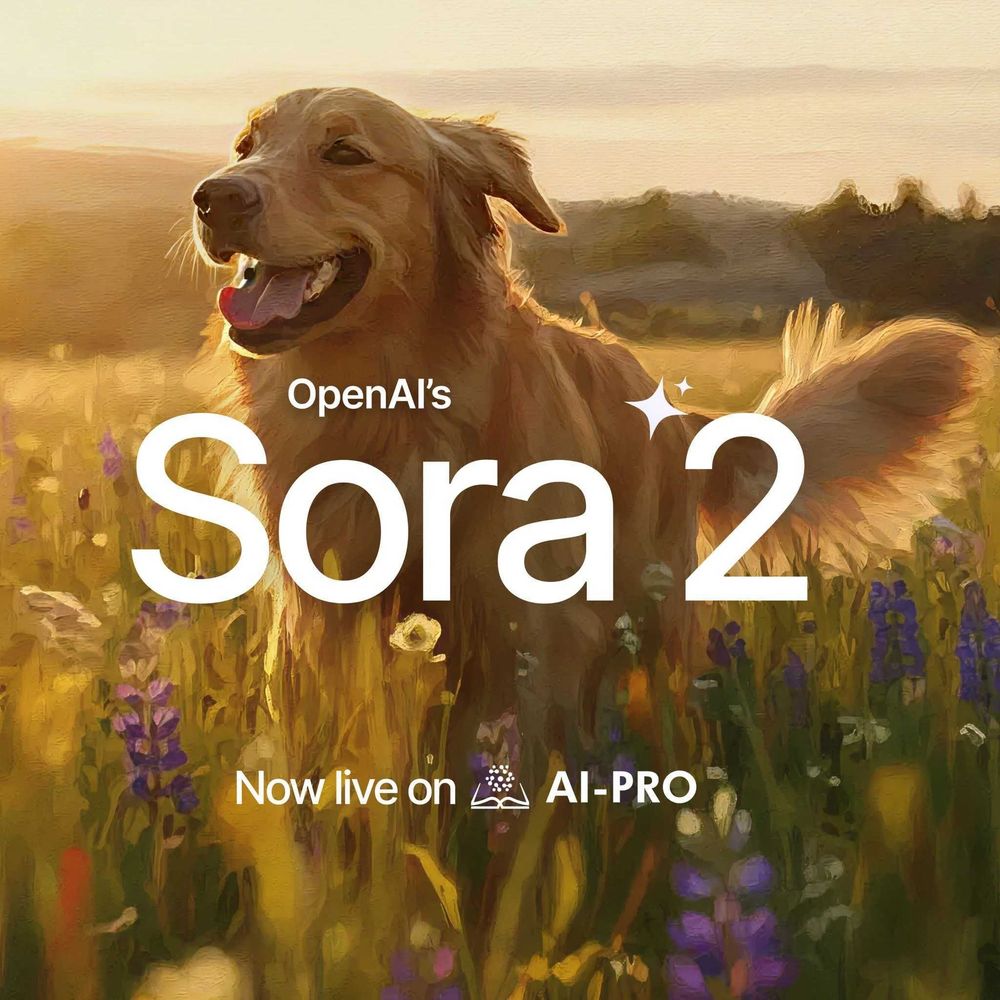In the fast-paced realm of natural language processing (NLP), the search for more advanced and effective language models is relentless. A groundbreaking technique pushing the boundaries of what these models can achieve is Retrieval Augmented Generation (RAG).

But what is RAG? This hybrid approach marries the precision of retrieval-based systems with the creative adaptability of generative models, offering a powerful solution to some of NLP's most persistent challenges.
RAG is designed to enhance the accuracy, relevance, and contextual understanding of language models by pulling in external data through retrieval mechanisms. Once relevant information is sourced from large databases or knowledge repositories, it’s seamlessly incorporated into the generation process. The result is a language model that not only generates coherent responses but is also grounded in factual and contextual accuracy.
Its mergence stems from the limitations of traditional generative models, which often falter in producing factually consistent outputs. By integrating retrieval, the technology overcomes these hurdles, enabling the model to generate more reliable and contextually appropriate content.
In this article, we’ll explore the fundamentals of Retrieval Augmented Generation—its architecture, principles, and applications—while also examining its benefits and limitations..
A Background of Retrieval Augmented Generation (RAG)
Retrieval Augmented Generation (RAG) marks a major shift in NLP, seamlessly blending the strengths of both generative and retrieval-based techniques. To understand its significance, we need to explore the key technological developments that led to its emergence.
Earlier NLP models, such as Generative Pre-trained Transformers (GPT), were largely focused on generating text based on patterns learned from vast amounts of data. While highly capable of producing fluent language, these models often relied solely on pre-existing knowledge, which limited their ability to provide real-time, up-to-date information. The gap between static generative models and the growing demand for dynamic, context-sensitive responses became increasingly apparent.
In contrast, retrieval-based models, such as BM25 and TF-IDF, were designed to extract precise information from predefined datasets. These models were reliable in returning factual data but lacked the creative flexibility seen in generative models. This led to the realization that a hybrid approach, combining the factual accuracy of retrieval with the fluidity of generation, could be transformative.
Introduced by Meta AI in 2020, RAG was designed to bridge these two approaches. It represented a new methodology for integrating external knowledge sources with generative models, allowing for more informed and contextually relevant outputs. By leveraging both retrieval and generation, it opened up new possibilities for handling complex, knowledge-intensive tasks with greater accuracy and adaptability.
With its ability to address the limitations of earlier models, RAG is poised to become a cornerstone of future NLP developments, bringing new levels of precision and contextual understanding to language processing tasks.
The Core Components of Retrieval Augmented Generation (RAG)

RAG is a powerful approach in Natural Language Processing (NLP) that combines two essential components to improve how language models work: the retrieval mechanism and the generative model. Here’s a simpler breakdown of each component and its role in RAG.
Retrieval Mechanism
The retrieval mechanism is what enables RAG to find relevant information from external sources, helping the generative model produce better responses. When given a question or prompt, this component searches through large databases or collections of documents to select the most useful information.
Some common retrieval methods include:
- TF-IDF (Term Frequency-Inverse Document Frequency): A method that finds important words in a document by looking at how often they appear compared to how rare they are in the overall data.
- BM25: An advanced version of TF-IDF that takes into account things like document length to improve the search results.
- Dense Retrievers: These use neural models like Dense Passage Retrieval (DPR) to convert both queries and passages into dense vectors, making it easier to compare them and find matches based on similarity.
Once the retrieval mechanism finds the most relevant information, it passes it along to the generative model.
Generative Model
The generative model is responsible for creating the final response, such as answering a question or generating a continuation of text. This is where large language models like GPT-3 or GPT-4 come in, using their ability to generate fluent and coherent text.
What makes RAG different is that, unlike traditional models that only rely on the data they were trained on, the generative model in it is augmented by the information gathered by the retrieval mechanism. This means it can provide answers that are not just grammatically correct but also factually accurate and relevant to the query.
By combining these two components—retrieving relevant data and generating text—it offers a more powerful framework for a range of tasks like answering questions, generating dialogue, and creating content, while keeping accuracy and coherence high.
How Retrieval Augmented Generation (RAG) Works

The technology operates through a systematic process that integrates the retrieval of relevant information with the generation of coherent text. Understanding this workflow is essential to appreciate how RAG enhances the capabilities of traditional language models. Below, we break down the process into clear steps, illustrating how RAG functions from input to output.
Process Flow
1. Query Formulation
The process begins with the user providing an input query or prompt. This could be a question, a statement, or any text that requires a response. The formulation of this query is crucial, as it sets the stage for what information needs to be retrieved.
2. Information Retrieval
Once the query is established, RAG employs its retrieval mechanism to search for relevant documents or passages from an external knowledge base. This step involves:
- Encoding the Query: The input query is transformed into a vector representation using techniques such as embeddings.
- Searching for Relevant Information: The encoded query is matched against a large corpus of documents using methods like BM25 or dense retrieval techniques. The goal is to identify and rank documents that are most pertinent to the query.
- Selecting Top Candidates: A predefined number of top documents (e.g., the top 5 or 10) are selected based on their relevance scores.
3. Contextual Integration
After retrieving relevant documents, RAG integrates this information into the generation process. This is where the generative model comes into play:
- Input Preparation: The retrieved documents are formatted alongside the original query to provide context for the generative model.
- Generating Responses: The generative model processes both the query and the retrieved documents to produce a coherent and contextually appropriate response. This involves predicting the next word or sequence of words based on the combined input.
4. Output Generation
The final output is generated as a complete response to the initial query. This response not only reflects the language model's understanding but also incorporates factual information from the retrieved documents, enhancing its accuracy and relevance.
Illustrative Example
To better illustrate how RAG works, consider a practical example:
Input Query: "What are the benefits of solar energy?"
1. Query Formulation:
- The user inputs their question about solar energy.
2. Information Retrieval:
- The system encodes this question and searches through a knowledge base containing articles, research papers, and web pages about solar energy.
- It retrieves several relevant documents, such as studies on solar energy efficiency, environmental impacts, and economic benefits.
3. Contextual Integration:
- The retrieved documents are combined with the original question to provide context for generating an answer.
4. Output Generation:
- The generative model produces a response that might read: "Solar energy offers numerous benefits, including reduced electricity bills, lower carbon emissions, and energy independence."
This example highlights how RAG effectively combines retrieval and generation to produce informative and accurate responses tailored to user queries. By leveraging external knowledge while maintaining fluidity in text generation, RAG sets itself apart from traditional NLP models, paving the way for more sophisticated applications in various domains.
10 Applications of Retrieval Augmented Generation (RAG)
RAG finds application in various domains where generating contextually relevant and factually accurate text is essential. Some prominent use cases of RAG include:
- Question Answering: By leveraging external knowledge sources, RAG models can generate highly informative and accurate responses to natural language questions, ensuring answers are contextually relevant.
- Dialogue Generation: In conversational AI systems, the integration of external knowledge allows RAG to produce more engaging and context-aware responses, enhancing the overall interaction.
- Summarization: RAG excels at creating concise and informative summaries by synthesizing information from retrieved passages, providing a clearer, more comprehensive overview.
- Content Creation: For content creators, RAG offers valuable assistance by generating text grounded in up-to-date and relevant information retrieved from external sources, streamlining the writing process.
- Knowledge Base Enrichment: By generating additional contextually relevant insights, RAG helps enrich and expand existing knowledge bases with new, meaningful content.
- Document Expansion: RAG can augment existing documents or articles by generating supplementary content drawn from related external information, enhancing depth and breadth.
- Information Retrieval: Traditional information retrieval systems benefit from RAG’s ability to generate more informative and contextually relevant summaries or snippets for retrieved documents.
- Language Translation: When applied to translation tasks, RAG ensures not only linguistic accuracy but also contextually appropriate translations, thanks to the use of external sources.
- Content Personalization: Tailoring content to individual preferences, RAG generates personalized text based on users’ interests, drawing on external knowledge for more relevant recommendations.
- Decision Support Systems: For decision-makers, RAG provides valuable context-based insights and recommendations by retrieving relevant information, aiding in more informed decision-making processes.
These use cases highlight its versatility in enhancing various natural language processing tasks, from customer support to content generation and decision-making. As research continues to advance in this field, the potential applications of RAG are expected to expand further.
The Benefits and Limitations of Retrieval Augmented Generation (RAG)

RAG offers a powerful approach to enhancing natural language processing tasks by combining the strengths of both retrieval mechanisms and generative models. However, like any technology, RAG comes with its own set of advantages and challenges. Below, we explore the key benefits and limitations of RAG.
Benefits of RAG
- Enhanced Accuracy: By integrating real-time retrieval of relevant information, RAG significantly improves the factual accuracy of generated responses compared to traditional generative models.
- Contextual Relevance: RAG models produce outputs that are more contextually aware, as they draw from a diverse range of external sources to inform their responses.
- Dynamic Knowledge Access: Unlike static models, RAG allows for the incorporation of up-to-date information, making it suitable for rapidly changing fields or topics.
- Improved User Experience: The ability to generate coherent and informative answers enhances user interaction in applications such as customer support and conversational agents.
- Versatile Applications: RAG can be applied across various domains, including question answering, content creation, summarization, and more, making it a flexible tool in NLP.
Limitations of RAG
- Data Quality Dependency: RAG’s success hinges on the quality of the external data it retrieves. Poor-quality or irrelevant data can lead to inaccurate or misleading outputs.
- Computational Complexity: The dual process of retrieving and generating information requires significant computational resources, which can lead to increased processing time and energy use.
- Bias in Retrieved Content: If the retrieved data contains biases or inaccuracies, these issues can be reflected in the generated responses, raising concerns about the ethical implications of using RAG.
- Limited Understanding of Nuance: While RAG enhances factual accuracy, it may still struggle to grasp subtleties, complex reasoning, or nuanced language, areas where human cognition excels.
- Integration Challenges: Successfully implementing RAG involves careful coordination between the retrieval and generative components, which can pose technical challenges for developers.
Harness the Future with Retrieval Augmented Generation (RAG)
Retrieval Augmented Generation (RAG) heralds a transformative era in natural language processing, artfully weaving together the strengths of retrieval and generative models to produce outputs that are not only accurate but also rich in context and relevance. Imagine a world where AI doesn't just generate text but dynamically draws on a vast reservoir of external knowledge to enhance every interaction.
From intuitive question answering and engaging dialogue generation to innovative content creation and savvy decision support systems, RAG redefines the landscape of possibilities, empowering organizations to leverage the full potential of AI.

Throughout this article, we’ve unveiled how RAG transcends the limitations of traditional generative models, paving the way for groundbreaking innovations across diverse industries.
As we look to the horizon, its future gleams with promise—ongoing advancements are set to refine its capabilities and broaden its applications in ways we can only begin to imagine. For technology leaders, business visionaries, and researchers, embracing RAG is not merely an option; it’s an imperative. By staying abreast of developments using AI-Pro’s Learn AI, you position your organization at the cutting edge of AI innovation.
Embark on this journey of exploration; delve deeper into the world of RAG and unlock the transformative potential it holds for your strategies and operations. The future of AI is unfolding before us—seize the opportunity to enhance your endeavors today.





